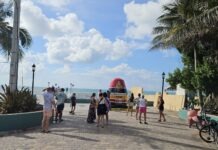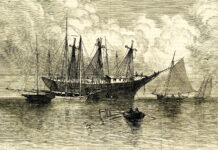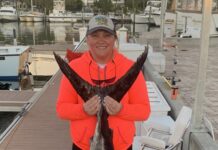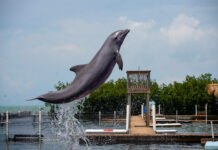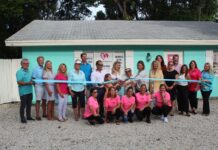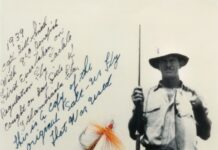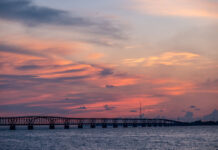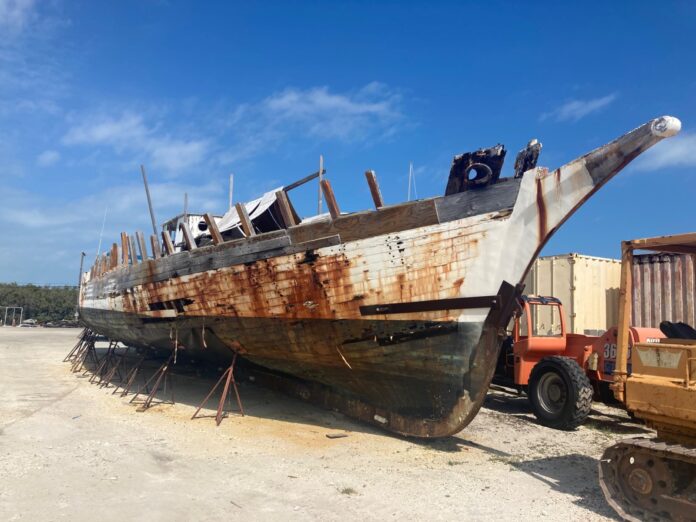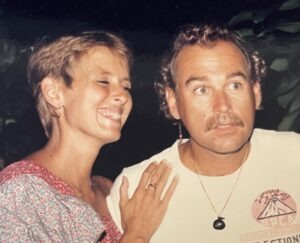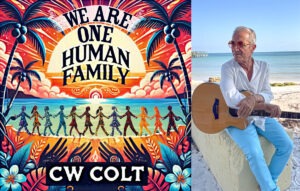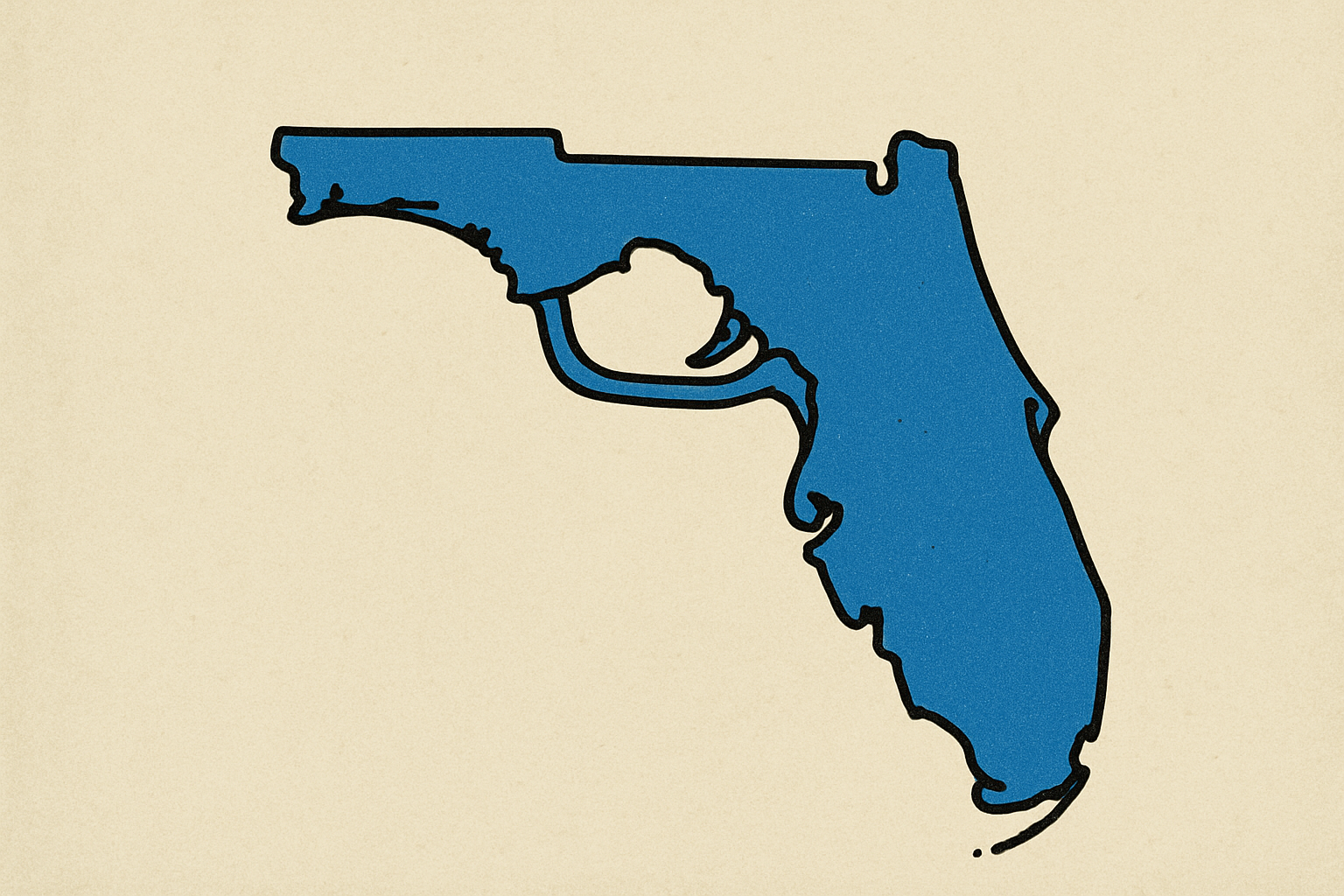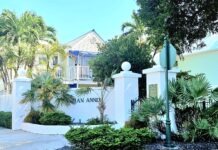Last week, I drove down to Stock Island from the Sioux Street office on Plantation Key. I should have driven over the Cow Key Channel Bridge, into Key West, down to Greene Street, and picked up a new pair of Kinos, black, size 11.
However, I did not. Fortunately, I can order them online and have the sandals my feet love the most shipped up to the house. Between the cost of parking in Key West and shipping to Islamorada, the price is about the same.
The two stops I did make on Stock Island left substantial impressions. While I did not expect my reaction to the first, the second was exactly what I hoped it would be. My primary destination was a marina at the end of Old Shrimp Road. The historic schooner Western Union is dry-docked in the boatyard, and I wanted to see it. Though that part of the boatyard is not open to the public, I was given permission to go to the property and see the ship.
Like many people, the last time I saw the schooner was while it was still in the water at Schooner Wharf. I never set foot on the vessel or took a sunset cruise when it was still sailing out of the Key West harbor. While I knew that the ship was not in great shape, I was not prepared for what I saw, considering the Western Union’s legacy.
Built in 1939, the ship, named for the most reasonable of reasons, had a long working life. Launched on April 7, 1939, the schooner was the last tall ship built in Key West. Because it served the Western Union Telegraph Company, it was appropriately named the Western Union.
The vessel was leased to the Western Union Telegraph Company and employed to maintain telegraph cables connecting Key West to Havana from 1939 to 1973. After 1973, the schooner was bought, sold and finally donated to a not-for-profit called the Schooner Western Union Preservation Society Inc. Their mission was “to restore and maintain the historic vessel to benefit the local community and for education and outreach programs.”

The historic schooner gained local, state and national recognition in the interim. The Western Union was added to the National Register of Historic Places in 1984. In 1997, it was designated the flagship of Key West and, in 2012, the flagship of the State of Florida.
In 2011, the 130-foot schooner underwent a million-dollar restoration project and was once again sailing through the clear waters surrounding the Florida Keys. However, the breathtaking sight of the schooner at full sail was relatively short-lived. Sadly, the ship fell into disrepair again and was taken to Tarpon Springs in 2016 to undergo another round of restoration projects.
After a series of problems (and complications associated with the pandemic), the once majestic Western Union was towed back to Key West in 2019 sans masts, sails and railings. It has been at the marina at the end of Old Shrimp Road since December 2019. Despite the ship’s designation as a historic landmark and its status as the official flagship of both Key West and Florida, it has sat for years relatively untouched by everyone but the hands of time. Suffice it to say, the Western Union has seen better days.
While at the boatyard, I took a few pictures and scribbled a few notes in my notebook. When I was done, I walked back across the dusty property to where I had parked, stepped up into the Jeep, turned the engine over, and let the air conditioner do its magic. Then, I called to arrange the second of my Stock Island stops.
Mexican food is some of my favorite, and I rarely make the drive down to Key West (or Stock Island) without bringing back tamales and a pork burrito with verde sauce from Chico’s Cantina. Tamales are my favorite, and Chico’s are the best I have had in the Keys. So, I called, placed the order, picked it up 15 minutes later, and headed back up the Overseas Highway to Plantation Key.
All the way home, I smelled those Mexican flavors seeping out of the brown paper bag sitting in the passenger seat. No matter how mouth-watering they were, as I drove past the Key deer at Big Pine and over the Seven Mile Bridge (where I waved at Fred the Tree), I could not help but think about the ship. For me, thinking generally leads to writing, and while there is more to write about the larger story of the schooner, for now, I am going to focus on what seeing the schooner firsthand brought to mind.
It is important to keep writing about, talking about and sharing these island histories because when they are tucked away or left on dusty bookshelves (or in dusty boatyards), they are easily overlooked or, worse, forgotten. While it takes work to keep these histories alive, and I am by no means the only one putting in the effort, it is one of the reasons I write this column. Also, as expected, the tamales were excellent and the burrito was delicious.


